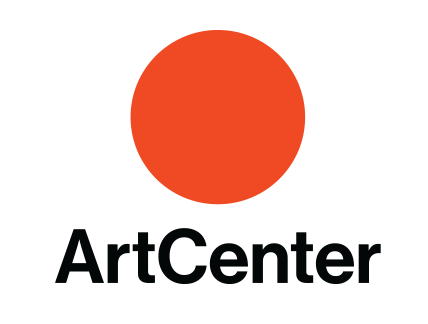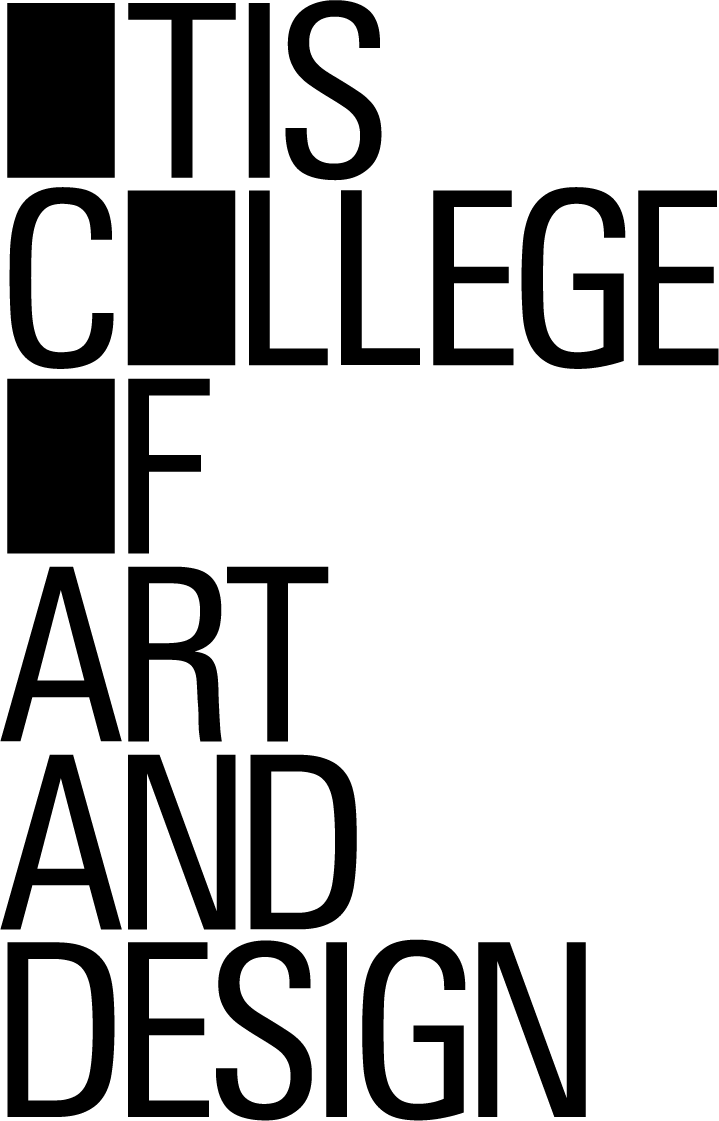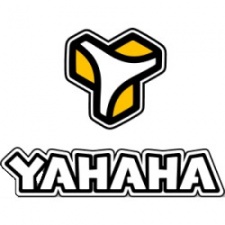Opening The Vault Of Transmedia Storytelling
 The first class that every Los Angeles Film School student takes — regardless of whether he or she is enrolled in the Film, Animation, Entertainment Business, Music Production, Recording Arts, or Game Production program — is Introduction To Transmedia Design. If you are unfamiliar with the term, transmedia design (also called transmedia storytelling, transmedia narrative or multi platform storytelling, or cross-media seriality) the development of stories and characters across multiple mediums and platforms, including films, music, books, games, webisodes and social media.
The first class that every Los Angeles Film School student takes — regardless of whether he or she is enrolled in the Film, Animation, Entertainment Business, Music Production, Recording Arts, or Game Production program — is Introduction To Transmedia Design. If you are unfamiliar with the term, transmedia design (also called transmedia storytelling, transmedia narrative or multi platform storytelling, or cross-media seriality) the development of stories and characters across multiple mediums and platforms, including films, music, books, games, webisodes and social media.
The purpose of the course is to get students thinking from the start of their careers not just about the entertainment medium they are focusing on, but to be aware of how both traditional and dedicated transmedia entertainment studios are beginning to embrace transmedia storytelling techniques in search of a new storytelling form that is native to networked digital content and communication channels. Whether students will eventually be working in film, music, or games, their creative work will likely be just one piece of a larger entertainment framework.
Specifically, the course practical strategies to increase audience engagement, create new revenue streams for producers, open up a project to multiple demographics and prime a project for generational success. Students learn the basic creative strategies and value propositions governing the transmedia space and, most importantly, how to use them to optimize projects and media throughout the entire entertainment spectrum.
 Students present their final project — a transmedia project proposal built around a well-known franchise and encompassing film, television, music, literary and/or game components — at a monthly Transmedia Showcase event. I attended last Friday’s Transmedia Showcase, and my favorite presentation, not unsurprisingly, was based on a popular video game franchise: Fallout. To extend this classic post-apocalyptic role-playing game into other media, the student team presented a wide variety of concepts, including a novel, song, television series, and board game. What really sold their project to me, though, was a live-size diarama of one of the shelters, called Vaults, from the game.
Students present their final project — a transmedia project proposal built around a well-known franchise and encompassing film, television, music, literary and/or game components — at a monthly Transmedia Showcase event. I attended last Friday’s Transmedia Showcase, and my favorite presentation, not unsurprisingly, was based on a popular video game franchise: Fallout. To extend this classic post-apocalyptic role-playing game into other media, the student team presented a wide variety of concepts, including a novel, song, television series, and board game. What really sold their project to me, though, was a live-size diarama of one of the shelters, called Vaults, from the game.
The concept of transmedia storytelling is not new. When I worked as a video game producer at Disney nearly thirty years ago, we worked with film and television properties that were extended not just into video games, but also into books, records, and consumer products. However, more and more entertainment producers are now developing projects not just as a single work, but as stories told across multiple forms of media that are not only linked together, but are in narrative synchronization with each other. Lucasfilm, for example, created a Storytelling Group a couple of years ago to ensure that their Star Wars novels, comic books, movies, video games and TV shows were all narratively consistent with each other.
Emerging technologies also enabled projects to include real-time multiplayer experiences such as alternate reality games, which interactive networked narratives that uses the real world as a platform and transmedia storytelling to deliver stories that may be altered by players’ ideas or actions. The USC School of Cinematic Arts has run a semester-long ARG called Reality Ends Here for incoming freshmen since 2011. The game involves players collaborating and competing to produce media artifacts. In 2012, Reality Ends Here won the Impact Award at IndieCade, presented to games which “have social message, shift the cultural perception of games as a medium, represent a new play paradigm, expand the audience, or influence culture.”
The Los Angeles Film School’s own transmedia program is just getting started, but I’ll be very excited to see how our own students take to the challenge of inventing new play paradigms themselves, and what the cultural fallout from new forms of entertainment will be.
Posted on August 29, 2016, in Game Design and tagged game design, Game Education, LA Film School, movies. Bookmark the permalink. Leave a comment.






Leave a comment
Comments 0